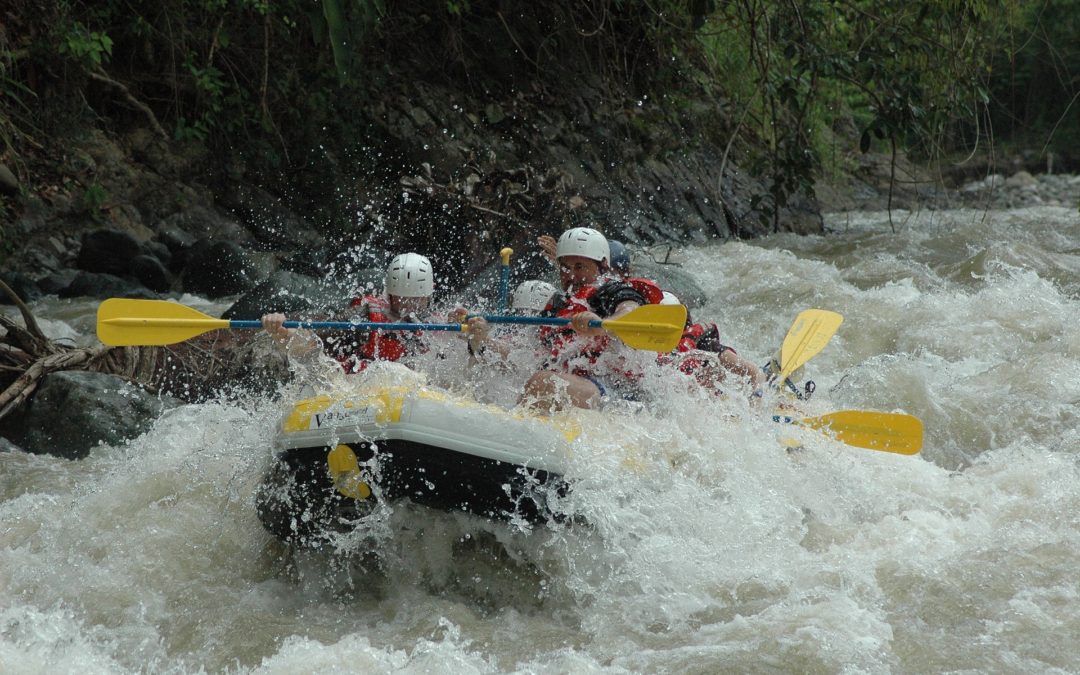
The Court of Public Opinion | Part 1, Inside
I was asked to work with an executive team to help them cause a breakthrough in their company performance. They said they were up to transforming the company to do this.
I told them that the transformation of the company needed to begin with a transformation of themselves. Each person committed to this, though they weren’t entirely sure what “transformation” meant.
But the “Court of Public Opinion” was in full session inside the team itself…
What I saw immediately in our first morning session together was a certain level of suppression in how they interacted with each other.
When someone spoke, it was as though they were speaking in court—in fact, it was the Court of Public Opinion. In different degrees, each person was trying to be pleasing, to be approved of, to not look foolish, to appear loyal.
The president was a veteran in their industry. His education had been in finance, so he was at home with the logic of numbers, but when it came to the “human factor” he was in unfamiliar territory. His Achilles Heel was in being judgmental in a subtle, undermining way. People didn’t operate according to the rules of finance and numbers, and when he was frustrated with someone, they knew it. Once he formed a judgement about you, you were “sentenced.” You were “wrong.”
As the leader of this team, he had created an environment of judgement when someone didn’t perform to the level expected. His team adopted this and did the same.
This was “the culture.” The old adage held true: the fish stinks from the head.
Crucial point: the more people believe something to be true (even if it is not), the more real that something seems.
Once the president/team had an opinion about a team member, it was only a matter of time before their results would gradually deteriorate and they would leave or be fired. The mood of the team was caution and fear. It was palpable.
At a strategic level, they also had opinions about what was possible and not possible regarding their future, and the future of the company. Again, these opinions were reality for them. Because they were enculturated in this and used to it, nothing seemed out of the ordinary. Almost like a kind of being asleep to what was limiting them.
The Court of Public Opinion was the source of the suppression I saw that first morning.
The Warning Signs and Internal Signals of trouble ahead were everywhere; their invisible— yet noisy— gavels passing judgement. Setting all that to the side, I got them started…
Out of our work together, everyone on the team gradually “woke up.”
They increasingly discovered that their judgements of each other were not necessarily “the truth.” And they saw that their opinions about what was possible in the future were also not “the truth”. They saw that when enough people subscribe to an opinion or point of view, it becomes “solid” like an object. It appears to be “the truth” and has a self-limiting force.
A profound set of “ah-ha” moments set them free. They increasingly gave up judging each other negatively. They started to discover the unique gifts and contributions of each other, the value of each person. They saw that the future was wide open. They began to stand for each other and for what was possible.
We transformed the “Court of Public Opinion” into a Space for New Possibilities.
Over the next 2 years, the company produced miracles in critical measures of performance.


